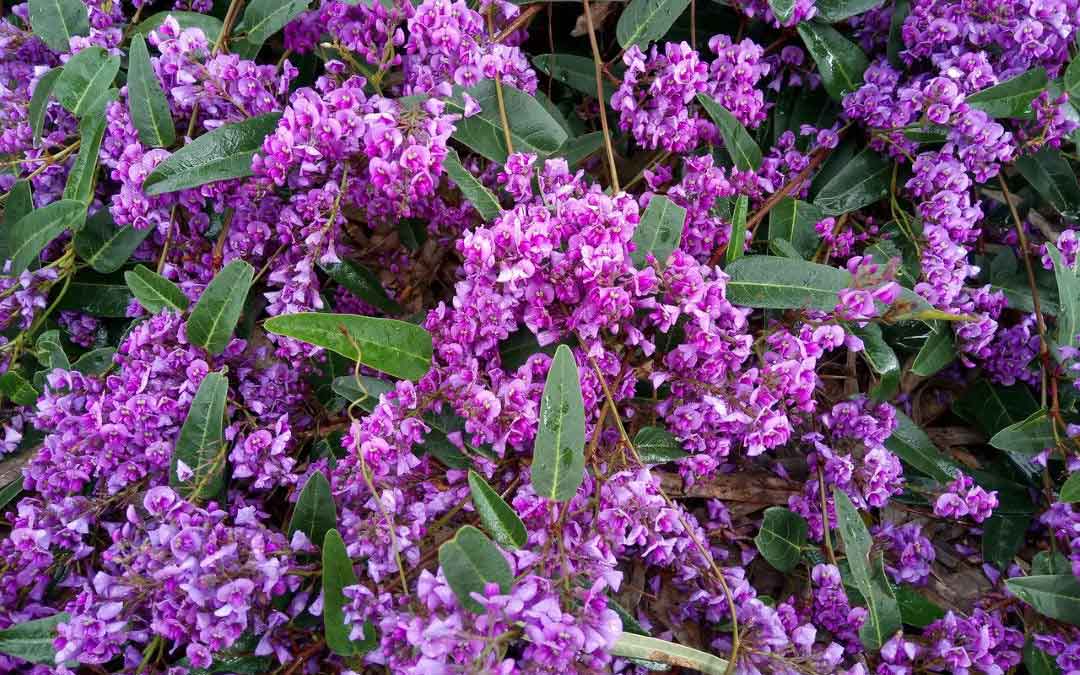Winter awakenings in our bushlands

While most people associate spring with nature’s revival, in fact our bushlands begin bursting back to life several months earlier; as autumn fades into winter. If you venture outdoors during the cooler months, you’ll be treated to the awakening of a remarkable array of flora, fungi and wildlife. The bush is humming with activity at the moment.
Our local wildlife are busy mating ahead of birthing in early spring. Birds are building nests, and while the butterflies are gone, moths have emerged.
Many of our local native herbaceous plants go dormant over our hottest months and have adapted to make the most of our cooler months. Herbaceous local wildflowers – just some of which including orchids, lilies and other wildflowers including Early Nancys (Wurmbea dioica) and Button Everlastings (Helichrysum scorpioides) – reshoot or send up new leaves from bulbs or rhizomes. My pots of greenhood orchids and chocolate lilies all have new foliage and I’m excited to see them flower in spring.
With decreased competition from summer grasses, many indigenous plants begin to flout their colours over these cooler months. My personal highlights include Pink Bells (Tetratheca ciliata), hardenbergias, Tall Blue Bells (Wahlenbergia stricta), Running Postman (Kennedia prostrata) and my personal favourite (and our floral emblem) Common Heath (Epacris impressa) particularly in deep pink!
The welcome rains also prompt the germination of seeds lying dormant in the soil. Indigenous plants in the pea family (Fabaceae) such as the yellow blooms of acacias (wattles), bossiaeas and pultenaeas begin flowering vibrantly.
Fungi are the third kingdom and are reaching their peak during the cooler and wetter months. While many have peaked already, recent walks in the bush and around my garden show me many are far from done. Look for all sorts of mushrooms, brackets, puffballs and other fungi fruiting on fallen logs, trees and bark mulch. These are just the visible fruiting reproductive structures – the tip of a vast underground fungal network busy recycling nutrients by decomposing organic matter.
So I urge you to head outside and witness the remarkable rejuvenation happening in the bush. Keep your eyes peeled for colourful blooms, interesting fungi, foraging birds and insects, and other signs of winter’s awakening life all around us. Just remember to leave wildflowers, fungi and other flora undisturbed so everyone can experience and learn from these seasonal cycles.
Words and photo by Jen Willis
